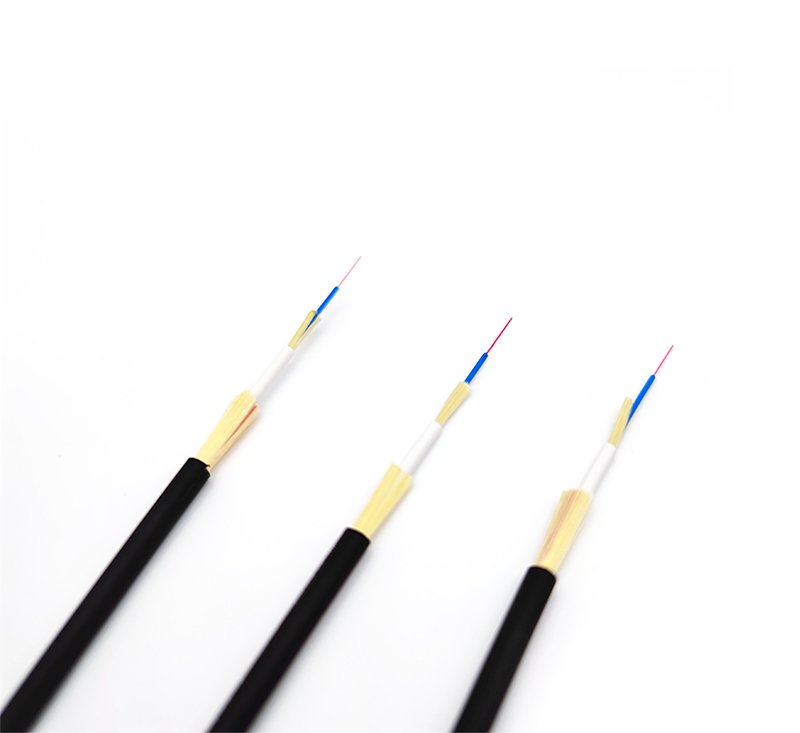Why are we laying submarine cables? Because it's convenient, fast, and low-tech? No, no, I'll tell you, it's not true.
Expensive construction: The laying of submarine cables is long and expensive

99% of international data is transmitted through submarine communication cables. Undersea cables run hundreds of thousands of miles in length, some as deep as Mount Everest. The diameter of the fiber optic cable laid in shallow water is comparable to that of a can of Coke, and the diameter of the fiber optic cable in the deep sea is smaller, about the size of a marker pen.
Optical cables in shallow water are buried under the seabed with the help of high-pressure water jets. Submarine cables are laid by laying vessels, and the laying process does not simply sink the anvil-fixed cable into the ocean floor. Typically, fiber optic cables must pass through the flat surface of the ocean floor, and the laying process must be done carefully, avoiding coral reefs, shipwrecks, fish habitats, and other ecological habitats and common obstacles.
Since there are not many optical cables laid to the seabed 8,000 feet (about 2,440 meters), most of them are shallow water cables with the diameter of cans of cola, which are buried under the seabed with the help of high-pressure water jets. The cost of laying a submarine cable with a span of 1 mile depends on the total length and destination of the cable, and the cost of laying a transoceanic cable can reach hundreds of millions of dollars.
Fragile security (in every sense):
1. Undersea fiber optic cables are more fragile than we thought
It seems that every year, construction machinery such as bulldozers will unintentionally dig up underground optical cables, resulting in network disconnection. Although there is no construction machinery in the ocean to damage optical cables, there are many threats. Such as the threat of anchors, fishing trawls and natural disasters.
In addition, submarine optical cables are easily damaged by shark bites. Sharks love to bite undersea fiber optic cables for various reasons, some say it has something to do with electromagnetic fields, others just out of curiosity, and some jokingly say they deliberately sabotage our communication infrastructure and then launch a ground attack. Whatever the reason, it's an indisputable fact that sharks bite fiber optic cables. To solve this problem, the companies that own the submarine cables have to take protective measures for their cables, namely the use of anti-shark bite jackets.
2. Want to paralyze the Internet? Scuba and wire cutters
Speaking of which, it is not an easy task to cut off submarine communication cables, because each one has a deadly voltage of thousands of volts. But the bad news is that such disruption is not impossible. In 2013, in the northern area of Alexandria, Egypt, a group of guys in diving suits deliberately cut the Southeast Asia-Middle East-Western Europe No. 4 fiber optic cable. The cable is 12,500 miles (20,000 kilometers) long and connects three continents. After the cut off, Egypt's internet speed dropped by 60% in an instant.
3. What every intelligence agency wants to hear in a submarine cable
Look at Snowden's revelations, and you'll understand. Eavesdropping on submarine cables is now a "standard practice" for intelligence agencies.
Difficult maintenance: repairing submarine cables is difficult, difficult, difficult
If you think that changing a network cable is a hassle, think about the difficulty of replacing a piece of submarine optical cable. When the submarine optical cable is damaged, it is often necessary to hire an international specialized submarine cable repair company. Professional maintenance ships will rush to the site for repairs. If the optical cable is located in shallow water, a robot can be dispatched into the water to drag the optical cable to the surface. If it is a deep-sea area above 6,500 feet (about 1,980 meters), the repair boat will use a specially-made grapple to grab the fiber optic cable and then lift it to the surface for repairs.
Although submarine optical cables have various drawbacks, we are still laying, laying, and laying. The reason is simple: urgent information exchange needs!










